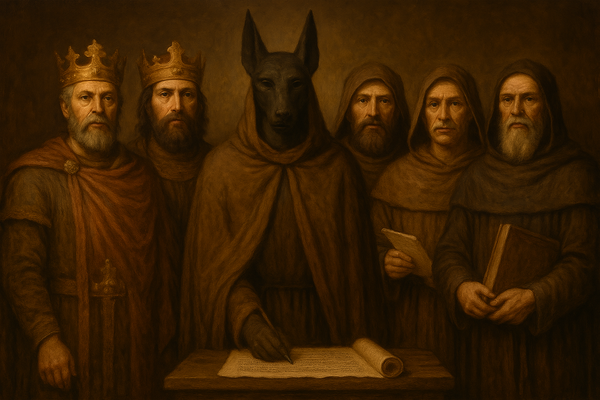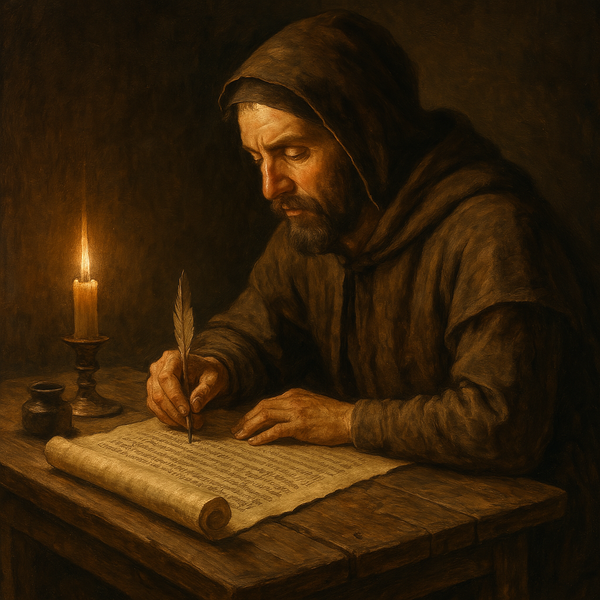The Mysterious Fourth Figure
In the story of Shadrach, Meshach, and Abednego being thrown into the fiery furnace by king Nebuchadnezzar, it has often been taught that Jesus was the fourth man in the fire. This, however, is highly unlikely.

In the story of Shadrach, Meshach, and Abednego being thrown into the fiery furnace by king Nebuchadnezzar, it has often been taught that Jesus was the fourth man in the fire. This, however, is highly unlikely. Let's take a closer look at the passage that mentions this fourth figure amidst the flames.
Daniel 3:24–25 ESV
Then King Nebuchadnezzar was astonished and rose up in haste. He declared to his counselors, “Did we not cast three men bound into the fire?” They answered and said to the king, “True, O king.” 25 He answered and said, “But I see four men unbound, walking in the midst of the fire, and they are not hurt; and the appearance of the fourth is like a son of the gods.”
The text never actually says it was Jesus. So why do we assume it is? Well, to be fair, Jesus shows up in the Old Testament frequently as the Angel of the Lord and in ways that the New Testament looks back to and clarifies (Jude 1:4-5). The issue here is that the Angel of the Lord isn't mentioned in this story and the New Testament never says that this character was Jesus either. The original text very clearly doesn't say that it is THE Son (one and only) of God (singular). It says A son (one of many) of the gods (plural). So textually speaking, we have no ground to stand on when we state this figure is the son of God (which we will explore more later). You can of course claim that the king was wrong and it was really Jesus, but you still need to find evidence that that is actually the case.
Hold on... Who else could it be?
Well, if we read the text honestly, it doesn't tell us who it is. It only tells us that the figure had the appearance of a son of the gods (according to the king). Let's put what's actually going on aside for a moment and consider the perspective of king Nebuchadnezzar, who was neither a follower of God nor a Biblical scholar. Nebuchadnezzar was a Mesopotamian king over ancient Babylon. His culture had very strange views of how the world came into being and the gods above that humans were made to worship (read the Enuma Elish for context). The gods were everything from elemental to humanoid and most of them had children. There were two types of children of the gods. Those who are born by two gods were also called "gods" but those who were born by both a human and a god were known as "Apkallu". The Apkallu were either human looking or half human half animal hybrids, but they were generally seen as civilizers who brought wisdom and power to humanity.
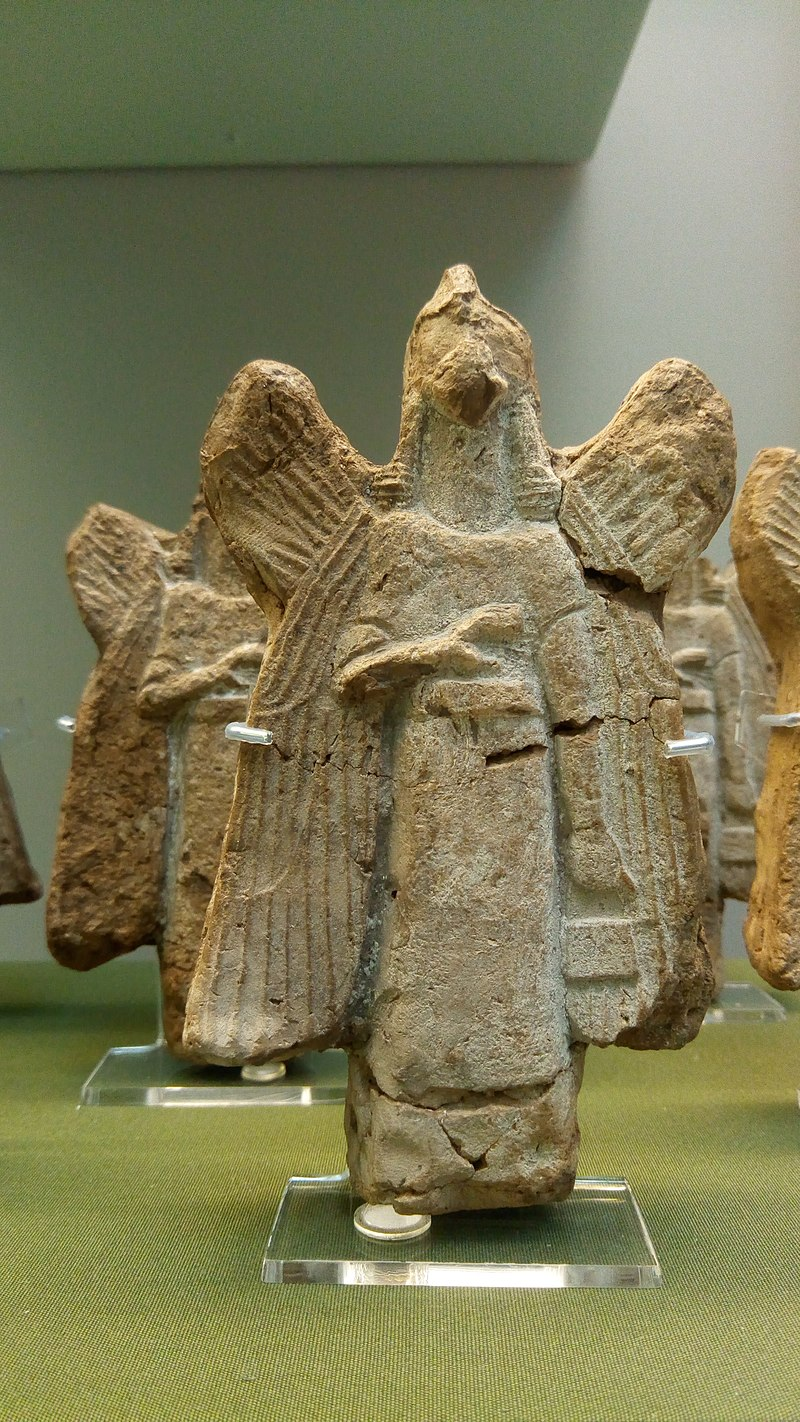
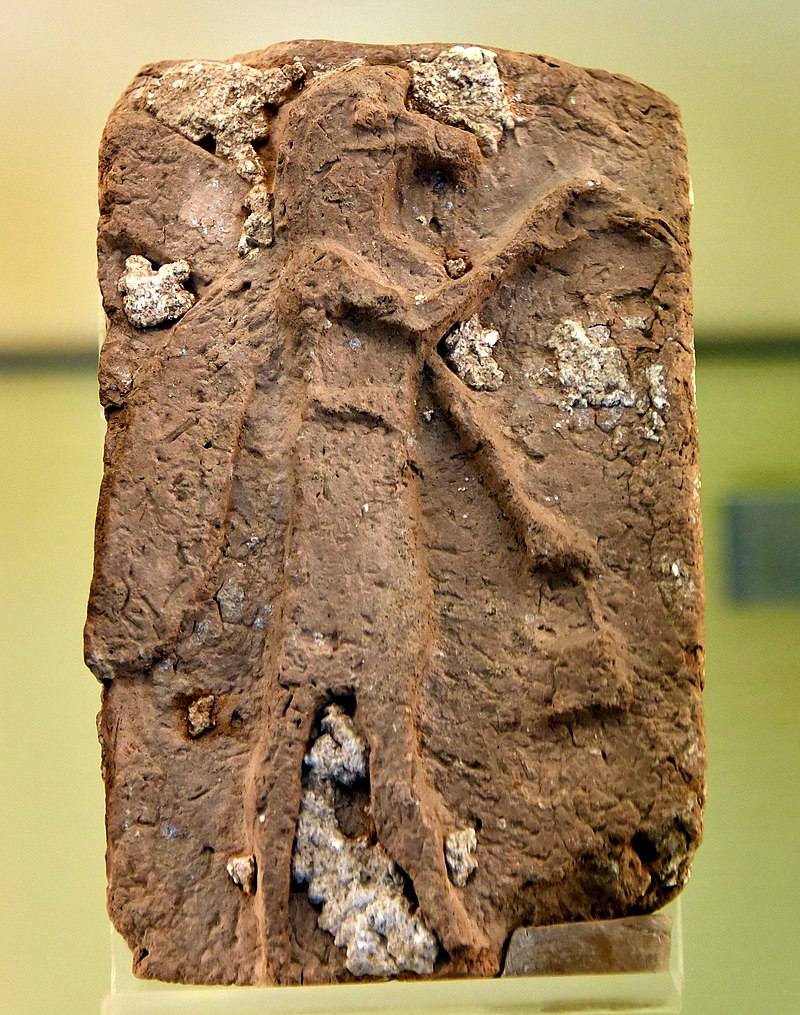
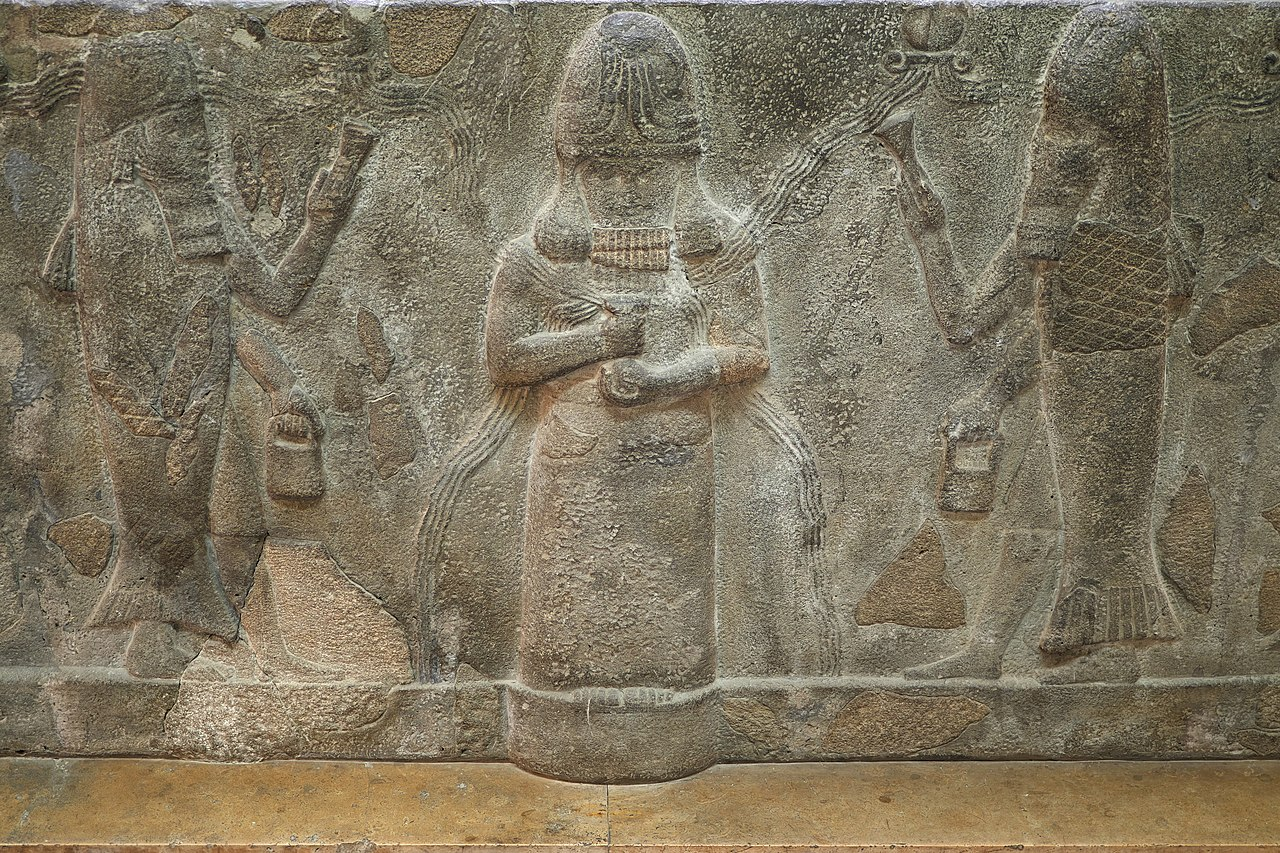
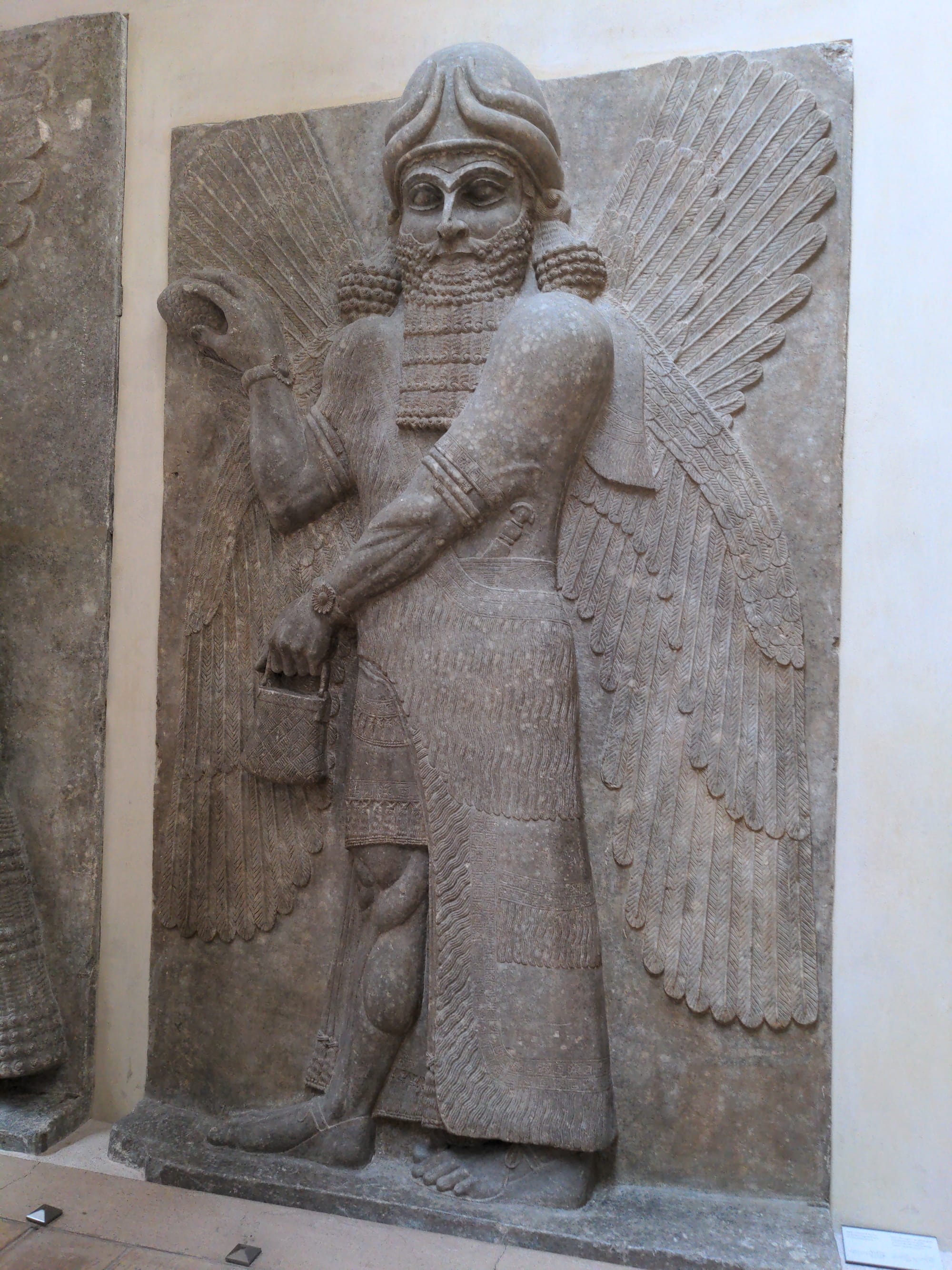
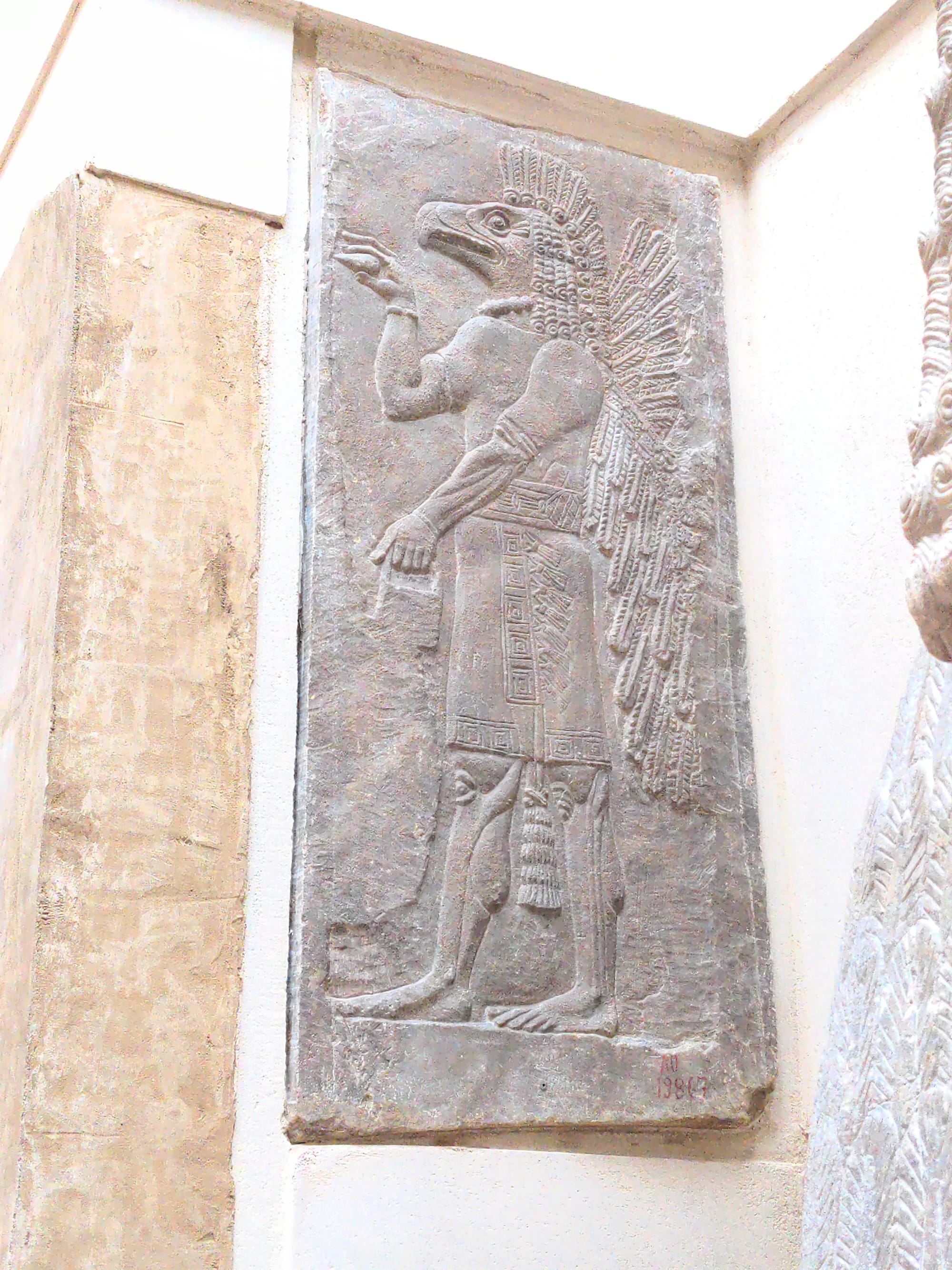
Photos 1, 2,and 3 are from wikipedia and the others were taken by Seth Vandebrooke in the British Natural History Museum in London
These are the concepts we know the ancient Mesopotamians held. As strange as they may seem, Cherubim in the Bible are described with similar (sometimes even stranger) features.
Ezekiel 1:5–11 ESV
And from the midst of it came the likeness of four living creatures. And this was their appearance: they had a human likeness, 6 but each had four faces, and each of them had four wings. 7 Their legs were straight, and the soles of their feet were like the sole of a calf’s foot. And they sparkled like burnished bronze. 8 Under their wings on their four sides they had human hands. And the four had their faces and their wings thus: 9 their wings touched one another. Each one of them went straight forward, without turning as they went. 10 As for the likeness of their faces, each had a human face. The four had the face of a lion on the right side, the four had the face of an ox on the left side, and the four had the face of an eagle. 11 Such were their faces. And their wings were spread out above. Each creature had two wings, each of which touched the wing of another, while two covered their bodies.
Revelation 4:6–9
and before the throne there was as it were a sea of glass, like crystal.
And around the throne, on each side of the throne, are four living creatures, full of eyes in front and behind: 7 the first living creature like a lion, the second living creature like an ox, the third living creature with the face of a man, and the fourth living creature like an eagle in flight. 8 And the four living creatures, each of them with six wings, are full of eyes all around and within, and day and night they never cease to say,
“Holy, holy, holy, is the Lord God Almighty,
who was and is and is to come!”
9 And whenever the living creatures give glory and honor and thanks to him who is seated on the throne, who lives forever and ever,
This may account for why the king was able to so quickly identify the fourth figure as one of the sons of the gods, even through the smoke and flames. There is a very real possibility that the king saw a Cherub or similar angelic creature and recognized it as an Apkallu, thus referring to it as "a son of the gods". It is also possible that this is not the case, but then we need supply a better alternative. We shouldn't simply ignore the question of how he recognized it as a son of the gods. Some say it was because he glowed, but that would be awfully hard to tell when you're looking at an intensely flaming fire that's already glowing. Moreover, the text doesn't say the figure glowed so that would still be a speculation. Even if the figure did glow, so do the Cherubim (Ezekiel 1:7).
Although this figure was clearly not working for the gods that the king was referring to, the Bible does in fact mention sons of God (Psalm 82, Job 1:6, 2:1, 38:7), the heavenly host. So if it isn't Jesus, it is very possible that the fourth figure is actually an angel of some kind (potentially a Cherub) who came to minister to Shadrach, Meshach, and Abednego. This would make sense for a few more reasons.
- Ministering to God's people is one of the roles that angels have (Hebrews 1:14)
- The men in the fire were walking, not bowing or worshiping the fourth figure (which we would expect if it were God Himself).
- They didn't seem to worry that they might die due to seeing the face of God (like many others who see the Angel of the Lord).
- The descriptions of the angelic creatures like Cherubim and Seraphim would have looked familiar to the king.
- Cherubim, Seraphim, and Apkallu all have wings, are humanoid, and are all explicitly or implicitly part animal in appearance.
- The descriptions of the Angel of the Lord that we see in the Bible looks nothing like something the king would associate with the sons of the gods he worships.
- The figure never leaves the fire. God gets the glory and the figure disappears.
- Angels, who obey God, in the Bible always direct people back to God for worship (Revelation 19:10, 22:9).
But best of all, Nebuchadnezzar literally calls the figure an angel later on.
Daniel 3:28
Nebuchadnezzar answered and said, “Blessed be the God of Shadrach, Meshach, and Abednego, who has sent his angel and delivered his servants, who trusted in him, and set aside the king’s command, and yielded up their bodies rather than serve and worship any god except their own God.
Nebuchadnezzar literally follows up by referring to the forth figure as one of God's angels. This is a very interesting twist, because angel literally means messenger, and a messenger is considered lower than a son of a king or god in ancient cultures. So it would seem that although Nebuchadnezzar originally identified the figure as a son of the gods (plural) he later corrects his statement by describing the figure merely as a messenger of God (singular). Those terms aren't necessarily mutually exclusive but they do rarely overlap, and either way the glory was stripped from the figure and directed toward God Himself.
In conclusion, what happens in this story is consistent with what we would expect if the figure were an angelic creature and is inconsistent with what we would expect if the figure were Jesus.
Counter Arguments
Some point to this verse and say that since because it says "his angel" that means it is the Angel of the Lord, but there are 3 problems with that:
- God has more than one angel
- "his angel" meaning "the Angel of the Lord" isn't a pattern in the Bible
- If we were to take "his angel" to mean that, then what does "his servants" (in that same sentence) mean?
- And why would that be any different?
The word "his" simply means belonging to Him, it denotes nothing more. I'm also aware that Exodus 3:2 describes the Angel of the Lord standing in the midst of the fire in the burning bush and the bush was not consumed by the fire. This sounds like a very cool parallel (which many have used), but just because a parallel is pleasing does not mean it is accurate. Here are some things to consider:
- Exodus 3:2 actually says it is the Angel of the Lord
- Daniel 3:25 does not
- What would this make the Shadrach, Meshach, and Abednego? The bush?
- That would be both useless and silly.
- The fire in Exodus 3 is magically ablaze with no fuel being consumed
- The fire in Daniel 3 is very much so consuming fuel as well as other people (Daniel 3:22)
The narratives are completely different. Daniel 3 isn't about God's ability to save a bush or free God's people any more than Exodus 3 is about saving people from fire because a king is angry they aren't worshiping him. The only clear and textually based connection is fire. If it were the Angel of the Lord, which is almost certainly untrue, than that would certainly make the parallel more legitimate but it would still lack a useful meaning.
In general, I understand that in technicality there is a chance you can make this story work with it being the Angel of the Lord if you really try hard enough, include assumptions, and ignore evidence, but we have to ask ourselves why we would do those gymnastics when nothing in the text is pointing to that being the case. The fact of the matter is, more data points to it being an angel than it being THE angel.
- Jesus and the Angel of the Lord are never mentioned
- The king categorizes the figure as a son of the gods, not the son of God
- He then refers to the figure as an angel
Thus, it is highly unlikely that Jesus (the Angel of the Lord) was the figure in the fire. At the end of the day, the fourth figure is mysteriously never identified. He simply shows up to help and disappears without anyone seeming to notice. The only thing the text clarifies is that he was indeed an angel of God.



